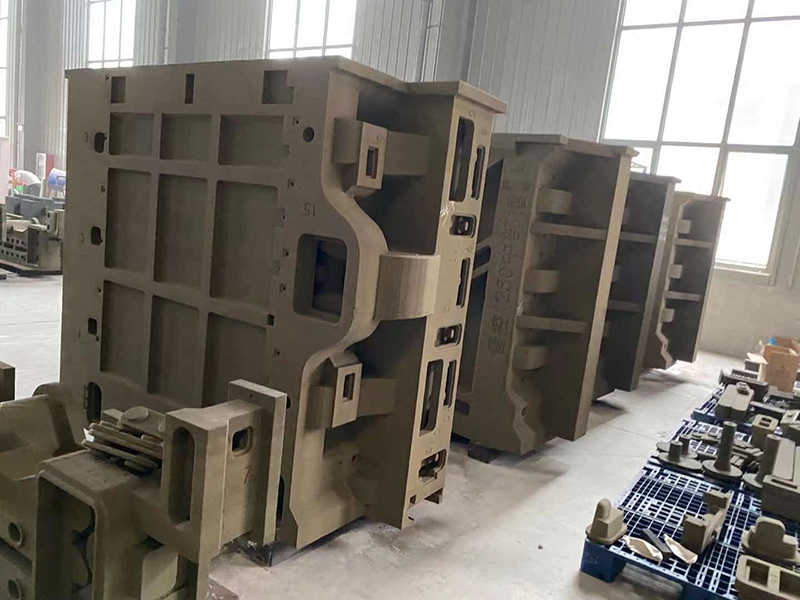Low Pressure Sand Casting An Innovative Approach to Metal Casting
Low pressure sand casting is an innovative casting method that combines the advantages of traditional sand casting with the benefits of low pressure techniques to produce high-quality metal components. This process has gained popularity in various industries due to its efficiency, flexibility, and ability to deliver exceptional dimensional accuracy and surface finish. This article will explore the principles of low pressure sand casting, its advantages, applications, and the future of this technology.
At the heart of low pressure sand casting is the use of a sand mold that is created by packing sand around a pattern. Once the mold is ready, molten metal is introduced through a low-pressure system, typically ranging from 0.1 to 0.3 bar. This pressure forces the liquid metal into the mold cavities, ensuring thorough filling and minimizing the chances of defects such as gas entrapment, shrinkage, and misruns. By utilizing low pressure, the process enhances the flow of metal while maintaining a controlled filling dynamics, resulting in improved cast quality.
One of the primary advantages of low pressure sand casting is its ability to produce intricate and complex shapes with thin walls. Compared to traditional sand casting methods, which often require additional machining to achieve desired dimensions, low pressure casting allows for a more direct production of parts that meet precise specifications. This capability significantly reduces lead times and lowers production costs, making it a highly attractive option for manufacturers.
low pressure sand casting

Another notable benefit is the reduction in scrap rates. Traditional casting processes tend to generate more waste due to defects and the need for additional machining, whereas low pressure sand casting minimizes these issues. The controlled filling process leads to a more uniform solidification of the metal, reducing the likelihood of defects such as porosity or inclusions. Additionally, the ability to reuse sand in the mold preparation helps in maintaining sustainable practices within the industry.
Low pressure sand casting finds applications across a wide range of industries, including automotive, aerospace, and consumer goods. For instance, the automotive sector employs this method for producing intricate engine components, such as cylinder heads and motor blocks, which require high precision and durability. The aerospace industry benefits from low pressure casting for lightweight components that adhere to stringent safety regulations while optimizing performance.
As technology advances, the future of low pressure sand casting looks promising. Innovations in mold materials and automation are driving efficiencies and capabilities even further. The integration of computer-aided design (CAD) and simulation software allows engineers to optimize mold designs and predict casting outcomes, minimizing waste and improving product quality. Additionally, the growing emphasis on sustainability in manufacturing processes aligns well with the low wastage characteristic of low pressure sand casting.
In conclusion, low pressure sand casting represents a cutting-edge solution for manufacturers seeking to enhance their production capabilities. With its numerous advantages, such as reduced scrap rates, improved surface finishes, and the ability to produce complex shapes, this casting technique is poised to play a pivotal role in the manufacturing landscape. As industries increasingly focus on efficiency and sustainability, low pressure sand casting will undoubtedly continue to evolve and thrive, securing its position as a valuable tool in modern metallurgy.
Post time:9 月 . 29, 2024 00:27
Next:Evaluating the Quality and Performance of Foundry Sand Through Rigorous Testing Methods
